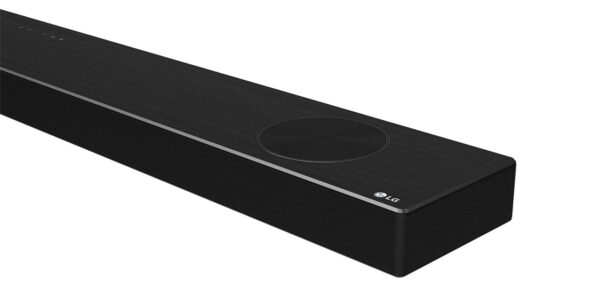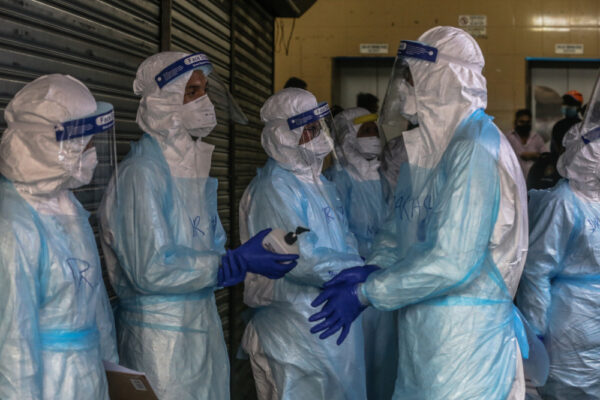Engineers at the University of Rice are working on something that is funded by DARPA that may one day lead to an implant that can counter the time offset. Research at the University of Rice is part of a $ 33 million national effort to develop a wireless and implantable device that can control the circadian rhythms of the body. The control of circadian rhythms could cut the time needed to recover time offset and other disturbances of sleeping / wake-up cycles in two.
The project aims to mix the bioelectronics, synthetic biology and traditional electronics to create what the team calls a “living pharmacy” to produce the same peptide molecules that the body naturally produces in the regulated sleep cycle. DARPA finances the project because the device could be a major tool for military personnel who often travels several time zones and first stakeholders and workers who oscillate between night and day changes.
The device is called NTRAIN (normalization of the calendar of rhythms in internal circadian clock networks) and is part of the advanced DARPA accuracy and protection tool for the environmental preparation program (adapter). to meet the challenges posed by travel, including time offset, fatigue and gastrointestinal problems. Ntrain engineering cells will produce peptides to regulate sleep cycles. These engineering cells react to light that can be delivered by electronic controls that adjust the timing and dose.
The project researchers say they are able to bring all the right of manufacture into the patient and produce high quality compounds on a necessary basis, the possibilities are endless. The power and communications for the implant will be delivered using a low magnetic field generated by a portable device.
Technology can provide all the power required for the system while maintaining device security. The design only allows the device to communicate in the near-centimeter field, so that any computer hacker should be in physical contact with the device.












![Have you been encountering the [pii_email_2c5d108980d117c8ca52] error while trying to send or receive emails using your Outlook account, you’re not alone. It’s a standard Outlook error that sometimes gets triggered thanks to network connectivity issues. However, several other factors also can cause you to run into the said error. The good news is that you simply can troubleshoot this error by yourself. during this guide, we are getting to mention various factors that cause the PII error and what methods you'll utilize to repair it. So, with none further ado, let’s start . What Causes the [pii_email_2c5d108980d117c8ca52] Error in MS Outlook In general, the error occurs when MS Outlook fails to determine a secure reference to the e-mail server. But, as we mentioned earlier, there are many other reasons which will trigger this error also . a number of these reasons include: Your device isn't connected to a lively Internet connection Your Outlook profile has been damaged thanks to external factors There are incorrect antivirus configurations on your PC FIles on your POP3 server are damaged How to Fix [pii_email_2c5d108980d117c8ca52] Error So, now that you simply know what triggers the [pii_email_2c5d108980d117c8ca52] error in Outlook, let’s take a glance at the solutions that’ll assist you fix it. Also examine the way to fix outlook [pii_email_316cb5e2e59f1ce78052] error Check Your Internet Connection Since a poor network connection is that the primary explanation for the error, start by checking your Internet connection. confirm that your device has active Internet connectivity. you'll try accessing other online services to ascertain if the web is functioning or not. Change Antivirus Configurations If you've got recently installed an Antivirus program on your PC, it'd be configured to automatically scan emails. If that’s the case, the Antivirus will restrict the Outlook app from functioning properly. So, confirm to vary the Antivirus Configurations by disabling the “Email Scanning” feature. Reinstall/Update Outlook Reinstalling or updating Outlook to the newest version is yet one more effective thanks to fix the [pii_email_2c5d108980d117c8ca52] error. When you’ll reinstall the app, all the damaged temporary files are going to be deleted and therefore the root of the matter are going to be eliminated also . Clear Unnecessary Emails from Outlook Folder If your primary inbox has too many unnecessary emails, they’ll cause bandwidth issues. this is often the rationale it’s always advised to clear the unnecessary emails from your Outlook folders. While you’re at it, confirm to clear the Trash also . this may help your Outlook app to deliver optimal performance. Conclusion So, if you’ve been encountering the [pii_email_2c5d108980d117c8ca52] error for a short time now, the above-mentioned will assist you fix the matter . Follow these tricks and access your Outlook account with none hassle.](https://tomtomworks.com/wp-content/uploads/2021/09/How-to-fix-outlook-pii_email_2c5d108980d117c8ca52-er-200x200.webp)

![How To Fix [pii_email_71e6bcfa8a2bee2aa151] Erro](https://tomtomworks.com/wp-content/uploads/2021/09/How-To-Fix-pii_email_71e6bcfa8a2bee2aa151-Erro-200x200.jpg)




